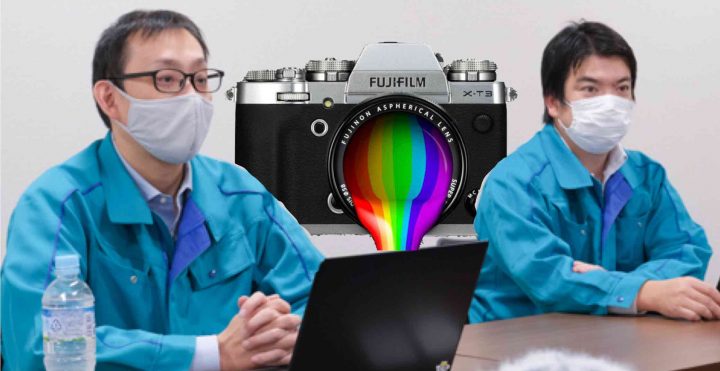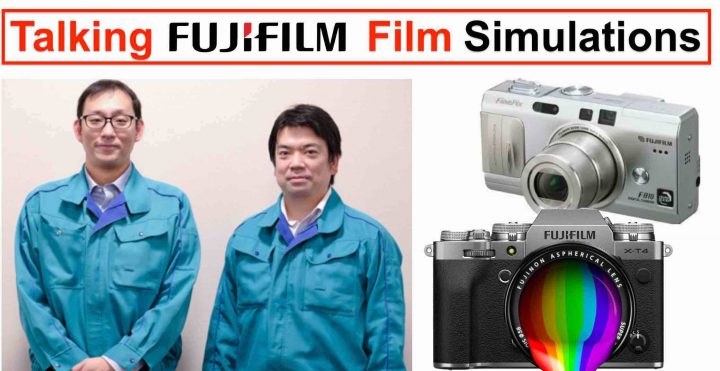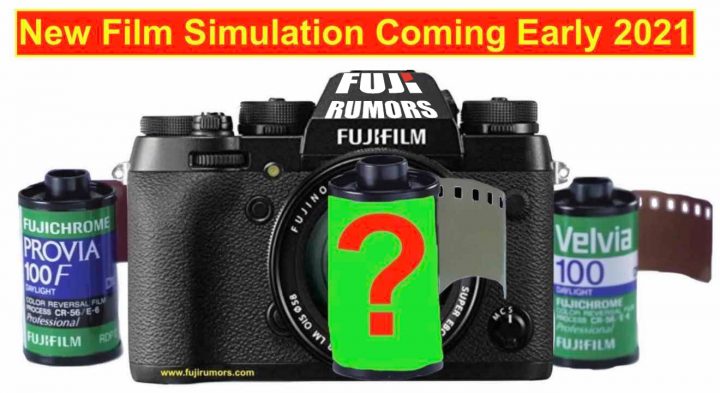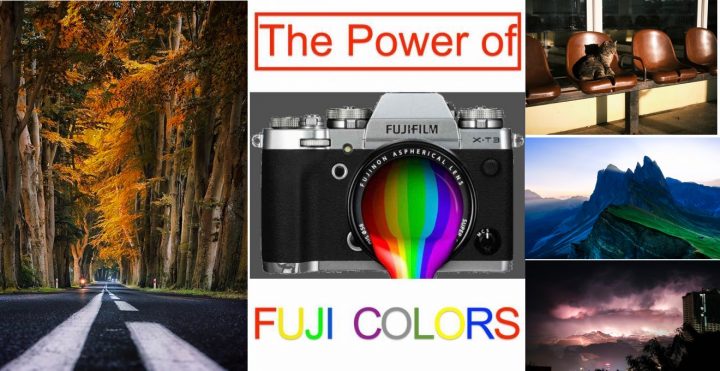Which Film Simulation is Best (and Worst) for Low Light Photography?
There is a misconception out there.
And the misconception is that Fujifilm film simulations are something good only for pure JPEG shooters. But that’s far from true.
When I photographed the wedding of my friend I did shoot everything in RAW (I explained which gear I used here), but when it was time to edit everything in Capture One 21, I did not waste any time with color grading the images. I just scrolled over the various film simulation options in Capture One, saw in real time which color gives me the best mood, clicked on that film simulation and that’s it. Done that, I started to edit the images to taste (except for the colors).
- See the Power of Fujifilm Colors at our Massive Film Simulations Group
I’ve explained in this article which film simulations I’ve used most in my wedding editing (curiously a film simulation that I’ve rarely used until I’ve shot the wedding).
So that’s how I see it: also hardcore RAW shooters can take huge profits from Fujifilm film simulations.
But it is also true, that in many cases the JPEG output of Fujifilm cameras is that good, that you can skip the RAW editing right away.
It happened to me recently when I was in Ferrara with my family. I took my images in RAW+JPEG and when we were going home by train, I just used the internal RAW converter to try out some film simulations on certain pictures, stored them directly on the SD-card, and once home all I did was to load them into my computer, and that was it, my holiday images look great without any editing effort.
And here comes the connection to the video we share today.
If you are like me, and about 80%* of the images you keep are simply JPEG images (*thanks to the amazing Fujifilm JEPGs, with my previous gear I mostly edited the RAW files), then it might be of interest to know which film simulation works best in which context.
- LOVING X-TRANS: Landslide Victory for Fujifilm X-H2 with X-Trans V vs Bayer in Survey
- Fujifilm BAYER vs X-TRANS Blind Test: 88% of Preferences Go To…
And Chris from Pal2Tech (one of the must follow channels for Fujifilm shooters) tested which film simulation works best (and worst) for low light photography (if you shoot in JPEG).
Chris’ video has been cross posted to petapixel here, where the conclusions is:
- Monochrome is much less noisy than ACROS at all higher ISO ranges. In going through my testing, it seems pretty conclusive that Fujifilm adds some additional grain and/or noise to ACROS to help give it that unique look. The problem is, at much higher ISO values, it can start to fall apart at bit. If you are planning on shooting with ACROS, I would not go above 3200 ISO. Also, I’d definitely make sure the grain setting on your camera is turned off.
- PROVIA, VELVIA, ASTIA, ETERNA, Pro Negative High and Sepia all performed well and had roughly the same good performance at higher ISO values. Of this group, PROVIA was the overall winner when you start pixel peeping at 300% or above.
- If you are shooting at ISO 3200 and above, I would avoid Bleach Bypass, ACROS, and Classic Negative. Once you go above ISO 6400, I would not use any of those three film sims if I wanted to keep my noise to a minimum.
- Most interesting of all were the winners. And they were Pro Negative Standard and ETERNA. If you are planning on shooting in low light at very high ISO values, you may want to give them a try. Both Pro Negative Standard and ETERNA gave me the overall best and consistent results.
And if you love Fujifilm colors, then… join our 100% pure Fujifilm Colors Group.




